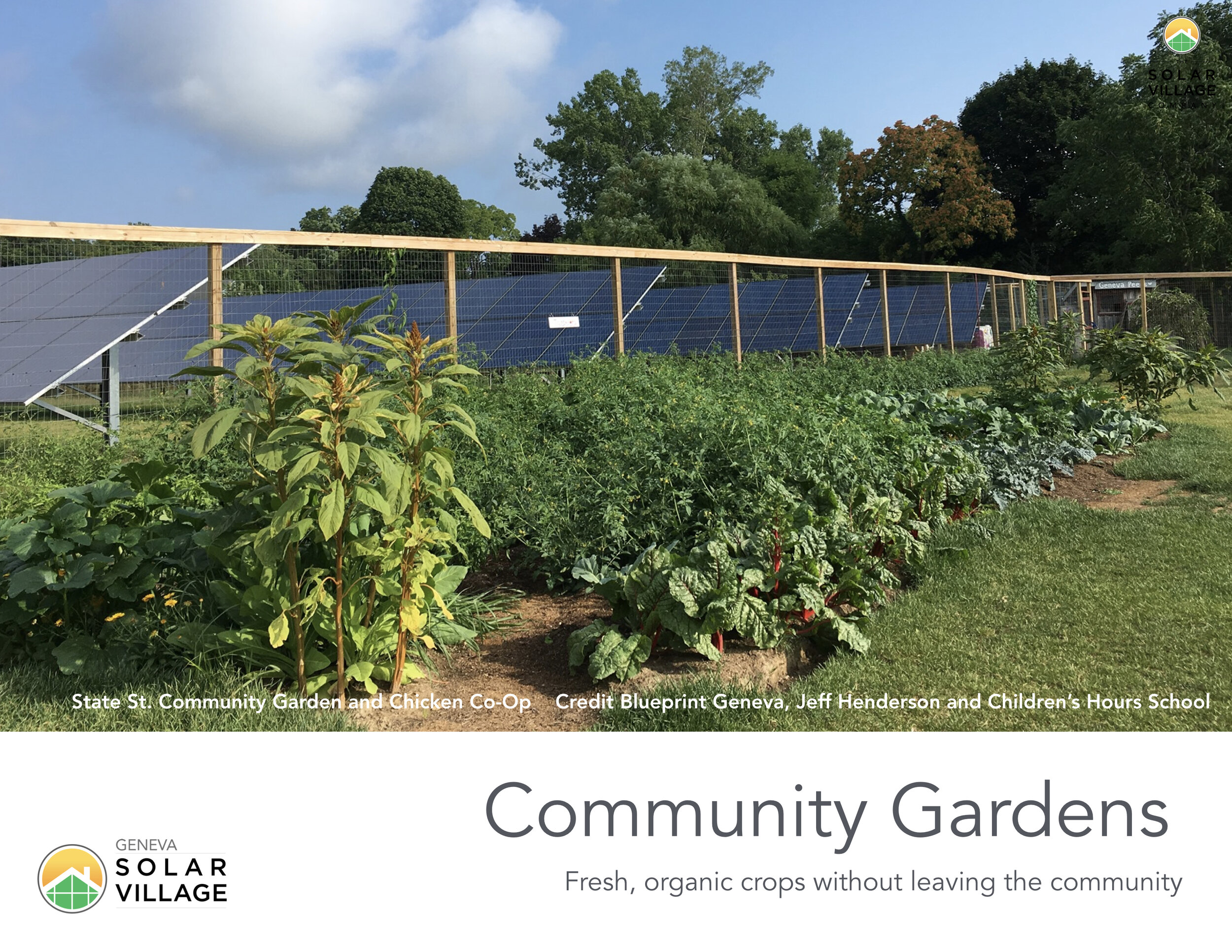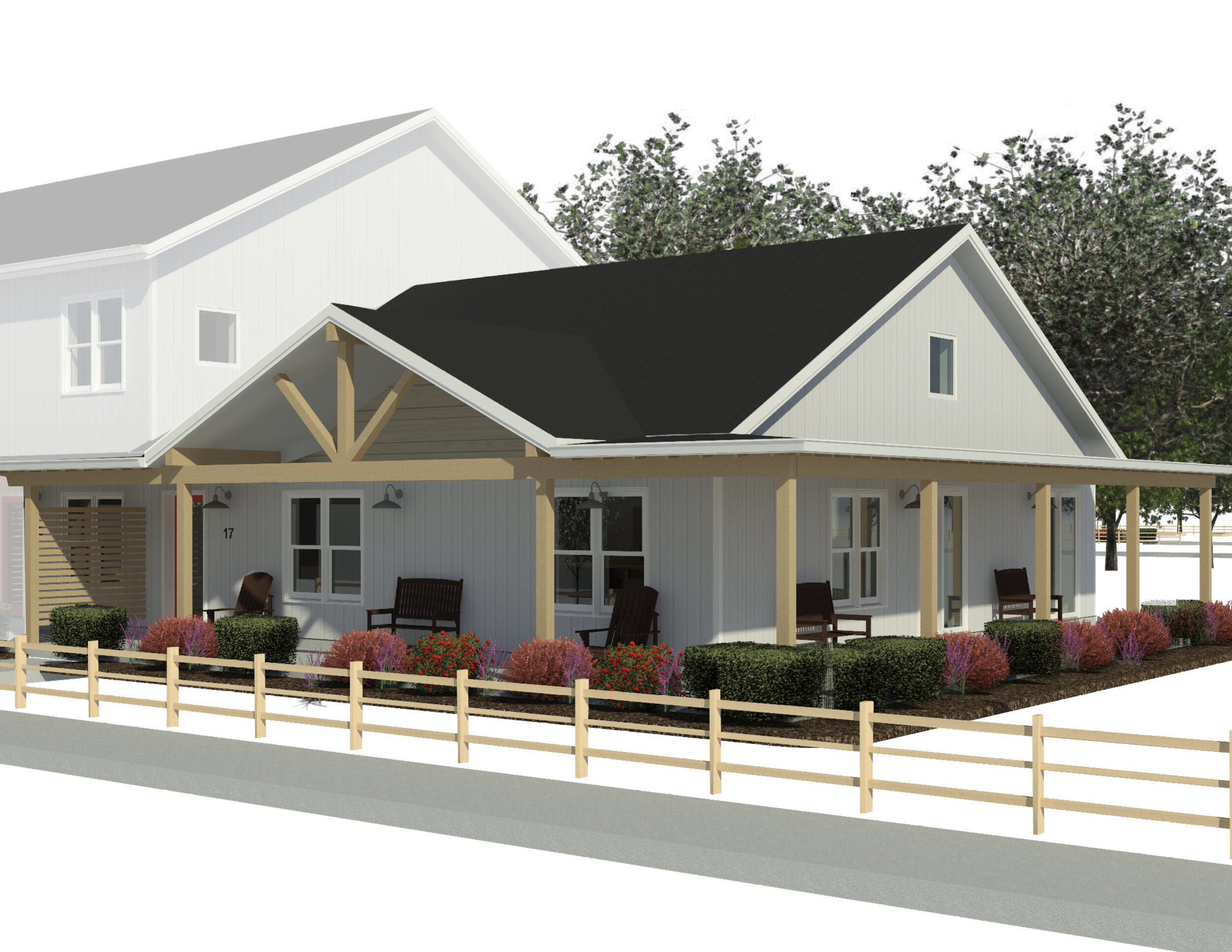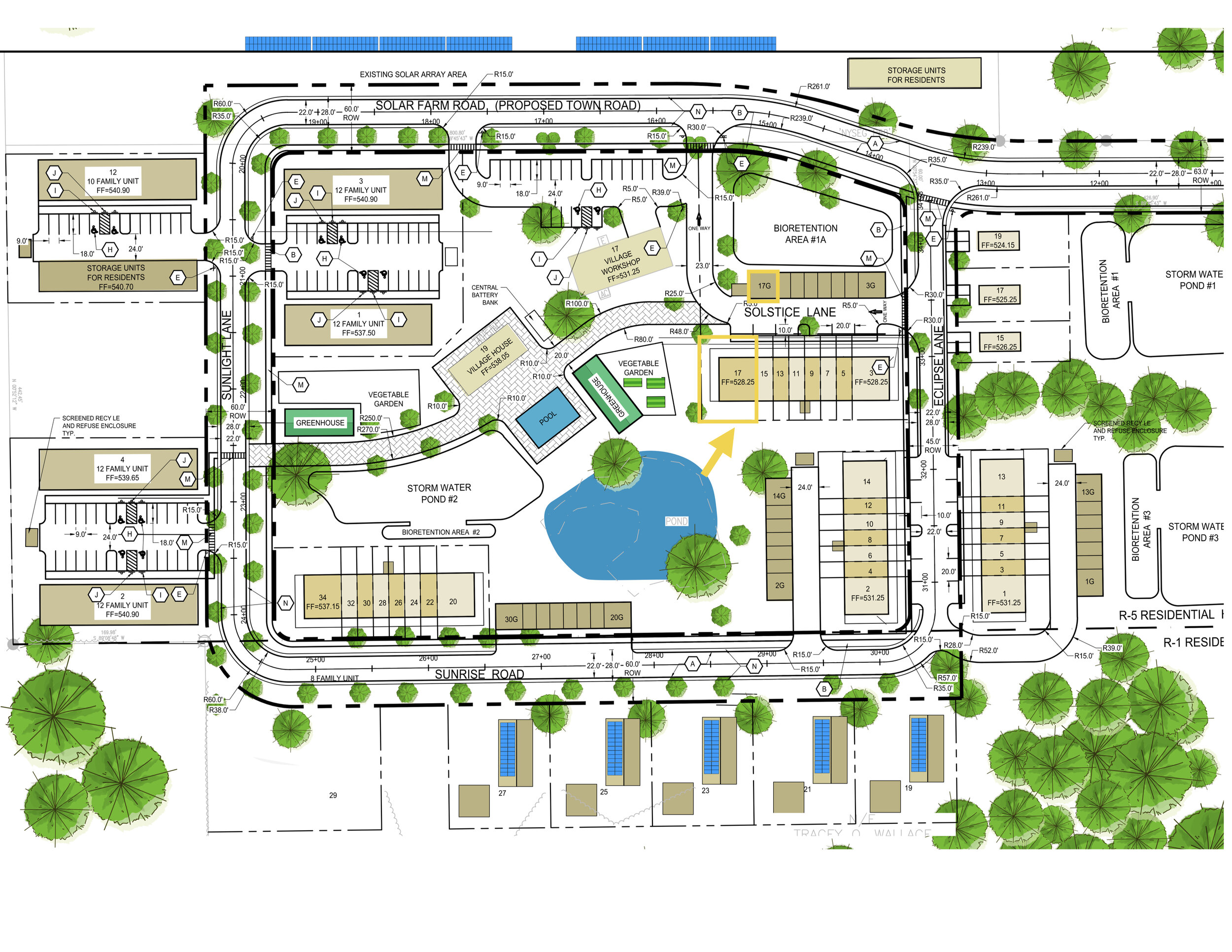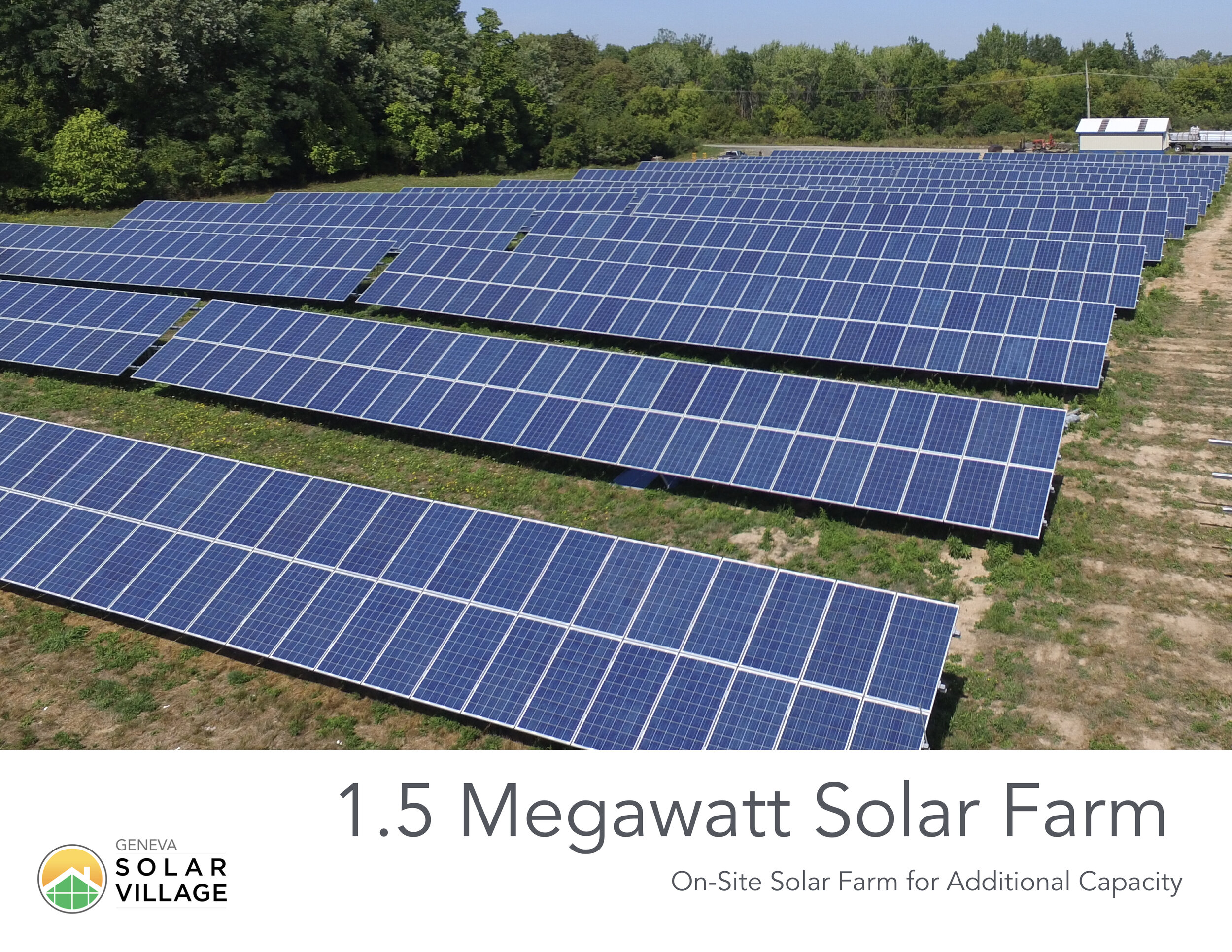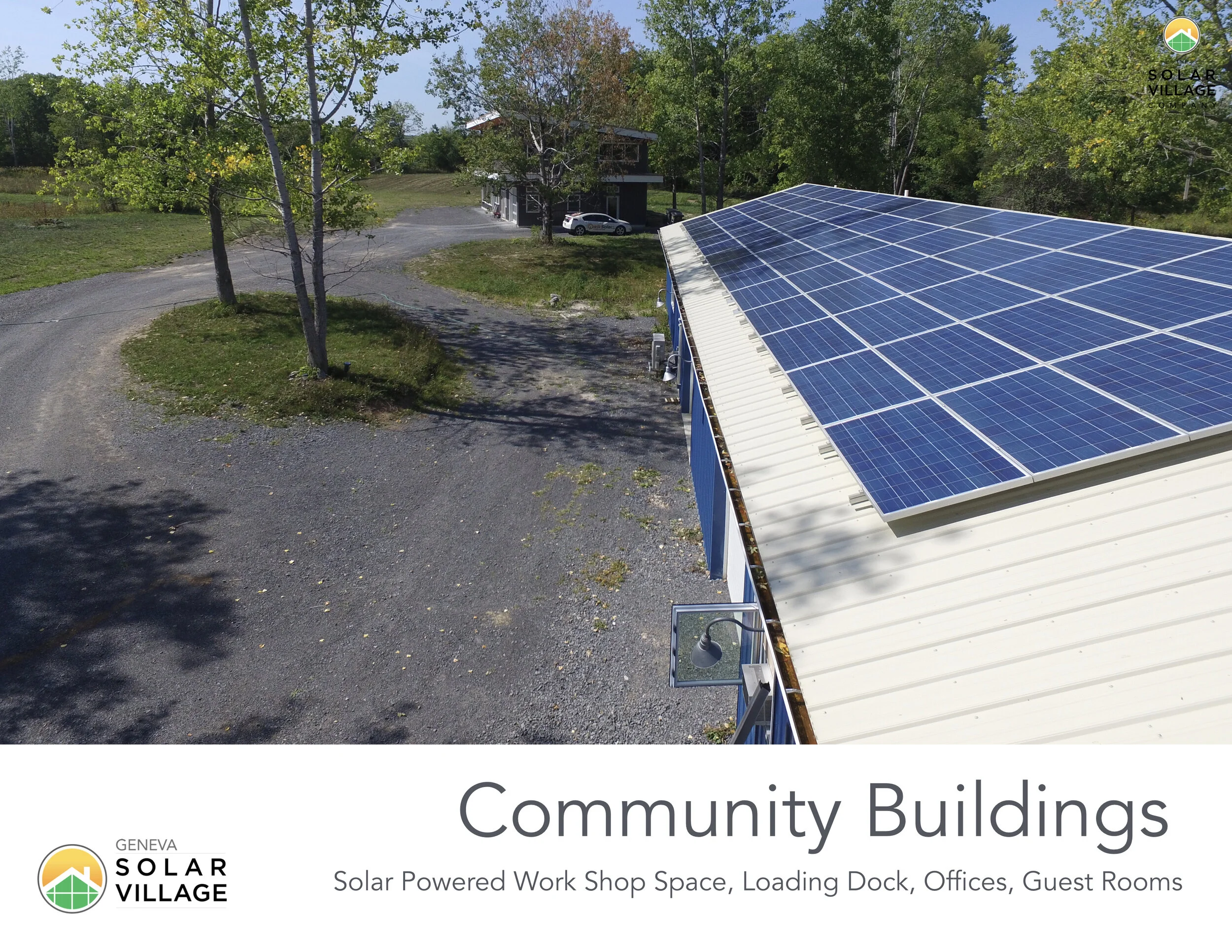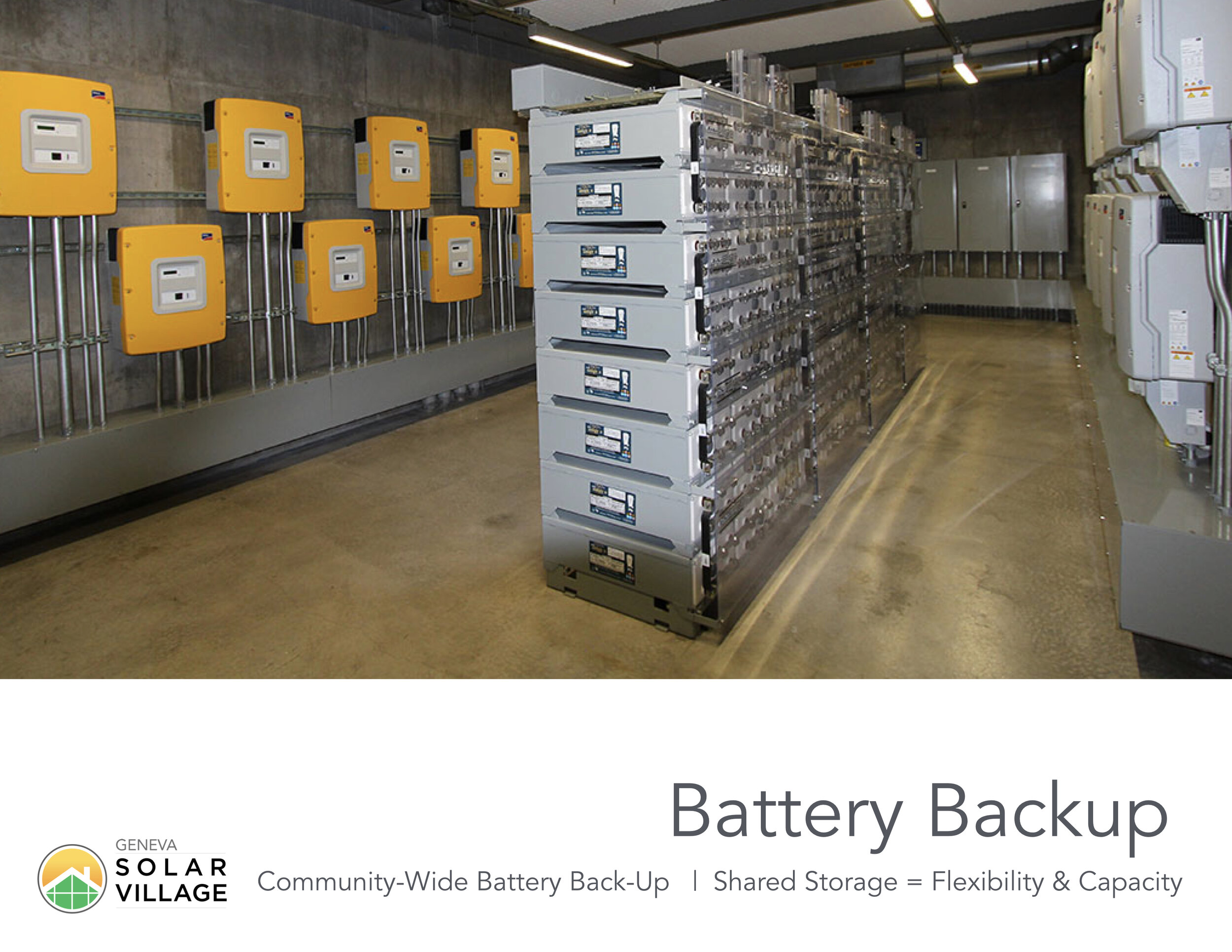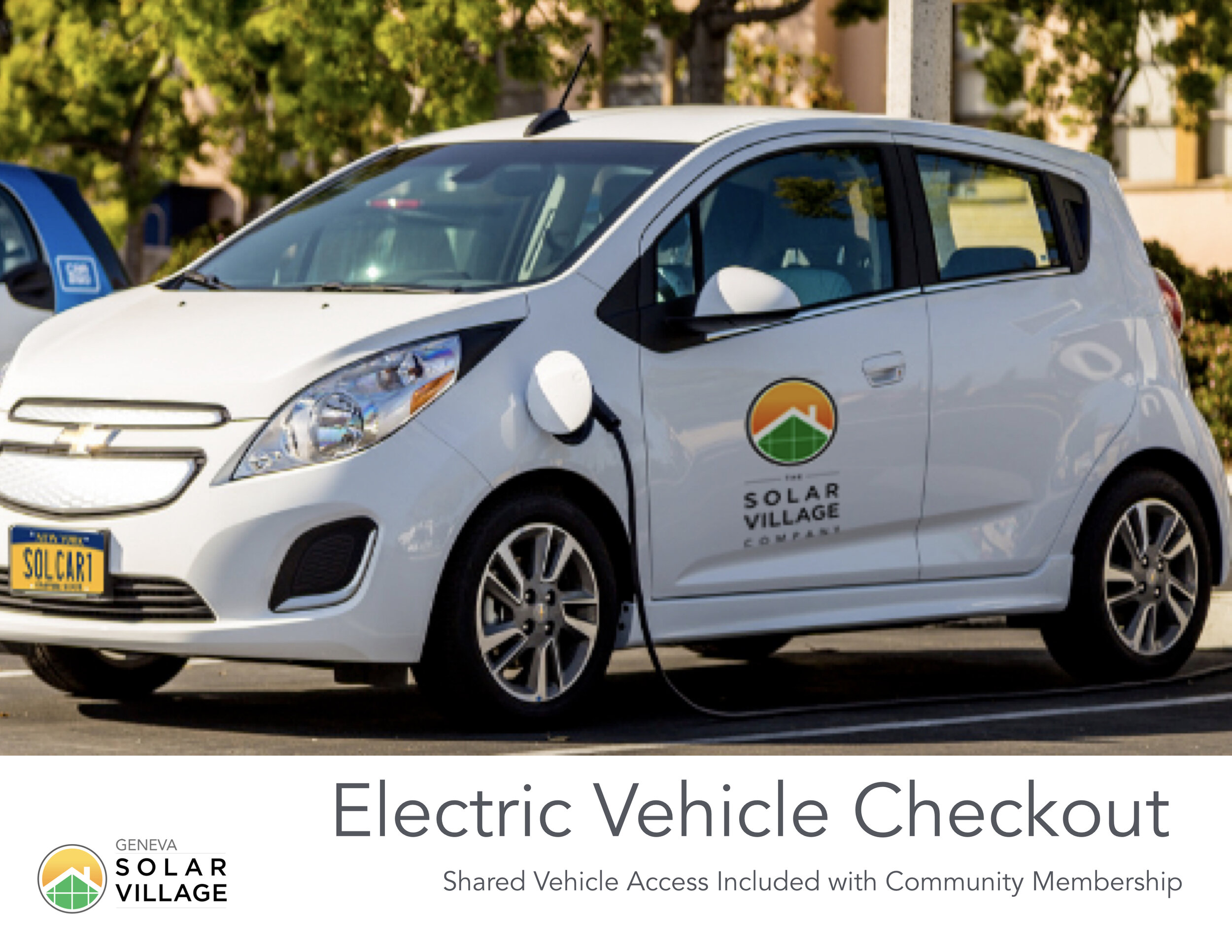I’ve been looking into “cohousing” instead of the regular nuclear single-family home. I was fortunate enough to live in an apartment building where a community formed. Being forced to leave due to climate change (we were flooded out of our space in 2018) affected me very negatively. After having a taste of community living it’s important for my wife and me to find our way back.
Some folks hear cohousing and think of “communal housing” so to be clear of the way I’m referring to it we’ll look to the cohousing.org definition:
“
Cohousing is community intentionally designed with ample common spaces surrounded by private homes. Collaborative spaces typically include a common house with a large kitchen and dining room, laundry, and recreational areas and outdoor walkways, open space, gardens, and parking.”
Private homes is a very important distinction compared to many other intentional community types.
Everyone here lives in their own home or apartment, with a kitchen and bathroom.
Disclaimer
Everything below is a very rough concept. It needs a lot more insight and feedback to become an actual plan. My aim is to throw this all down like a ball of clay and try to turn it into something nice that, even if I can’t use it, may be able to help others that want to in the future.
I’ll reference the term “A Plan” in which I’m getting out as many goals as possible for as little cost as possible. Much of this is likely not feasible upfront but with, community, creativity, and time, I do think all things are possible.
PRIMARY BENEFITS
Community is the biggest goal here. The ability to share resources with your community makes much more sense to me. Does everyone on the block need their own mediocre snowblower? Would it not be more efficient if we all share/own/insure a plow that can knock out the whole area in an hour? Even better if it’s not my turn to plow or we are savvy enough with our finances to hire someone else to do it.
A-Plan Commonhouse
Cohousing often includes a “Commonhouse.” A shared space owned by the community that encourages us all to interact (without requiring it.)
In my “A-plan” scenario, I’d focus on building our community around creative and maker types. These are people I tend to get close to and share similar values with. Shared resources in the A plan might include:
A Venue
Recording/Production Studio
Community Kitchen/Cafeteria
Auto lift/Mechanic Garage
Gym/Pool/Hottub/Sauna
Basketball/Tennis Court(s)
Woodshop/Metal/Machine/Welding Shop
Digital Fabrication (laser/vinyl/3D printing)
Shared Solar Power
Shared electric vehicles and maybe a truck for large requirements/moves
Community Gardens (food and experiential)
Commonhouse Inspiration
Some inspiration for a beautiful Commonhouse space.
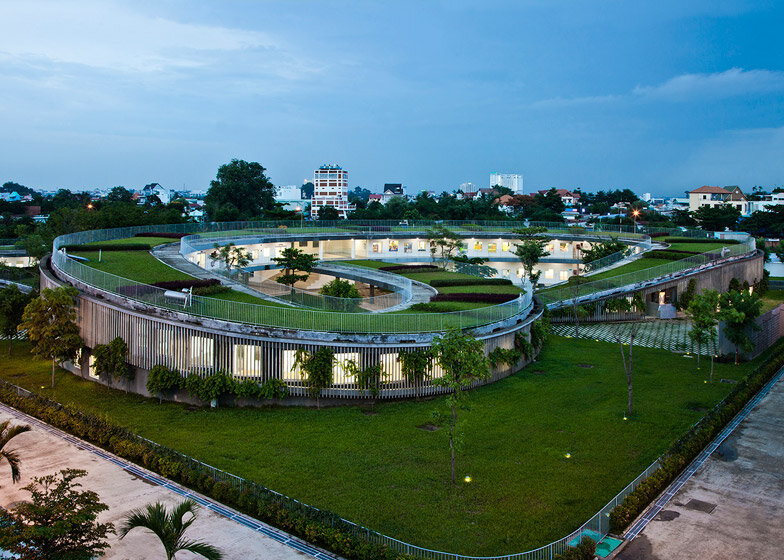

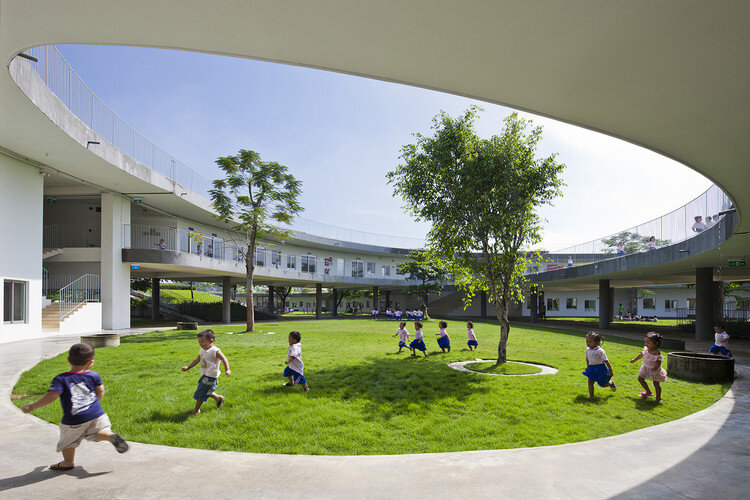
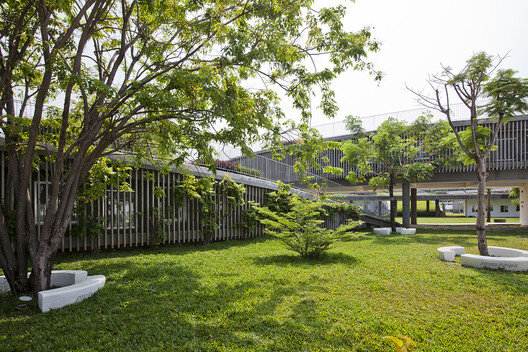
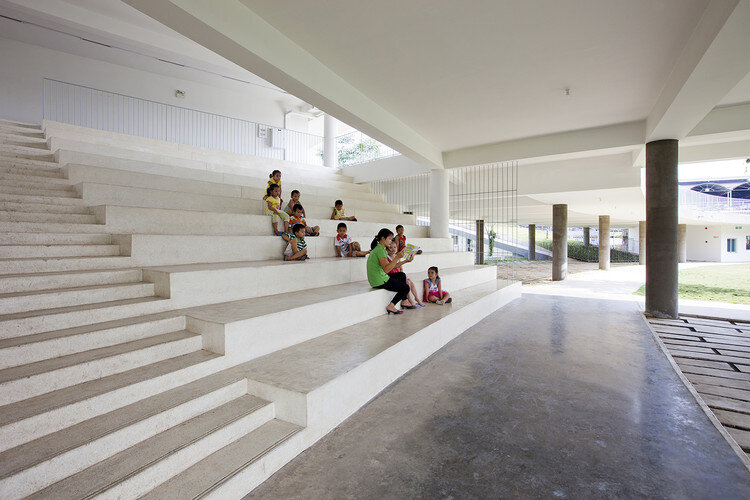
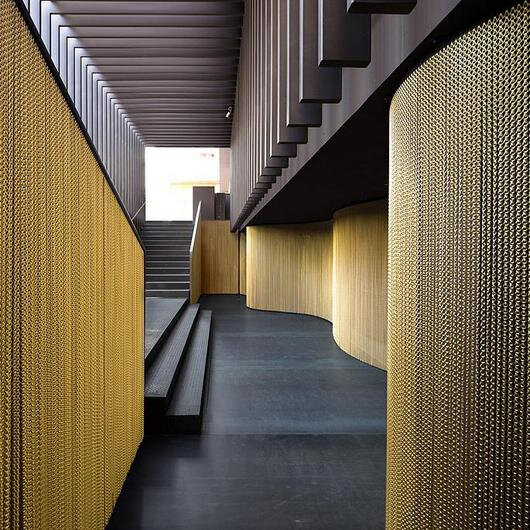
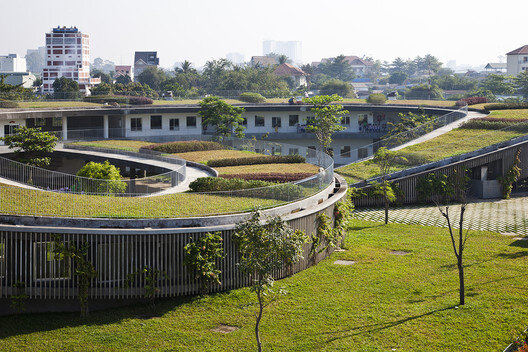
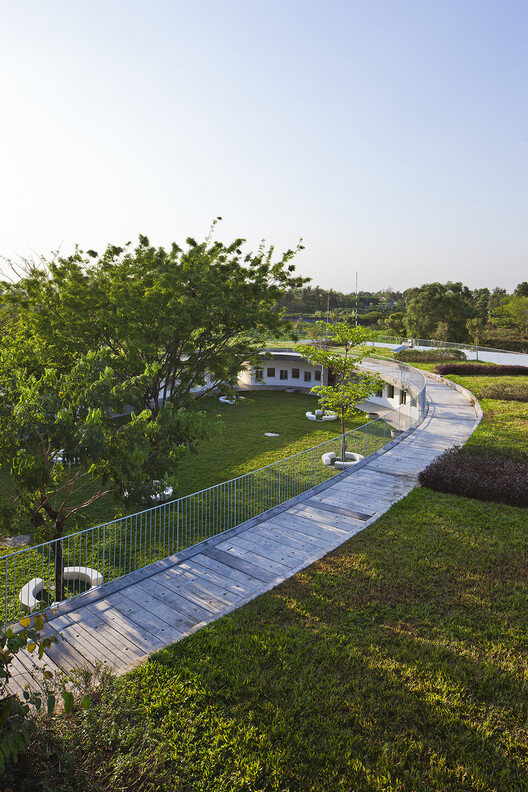
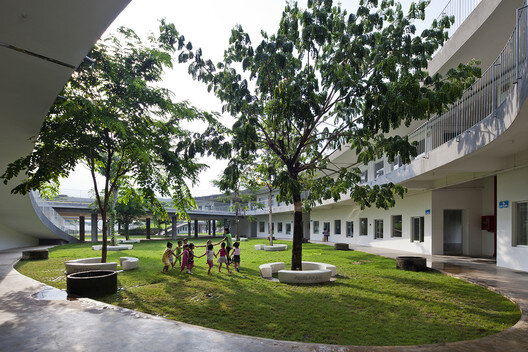
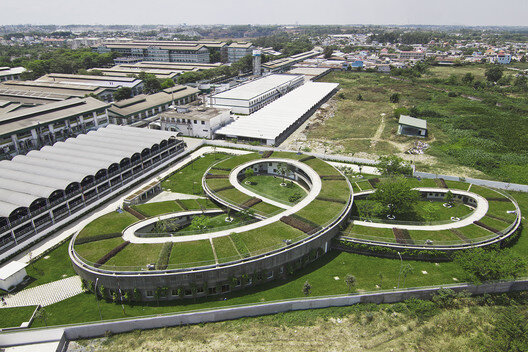
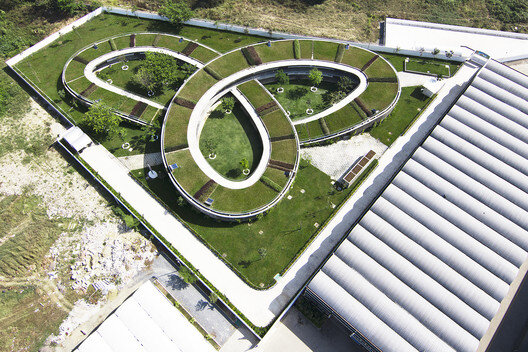
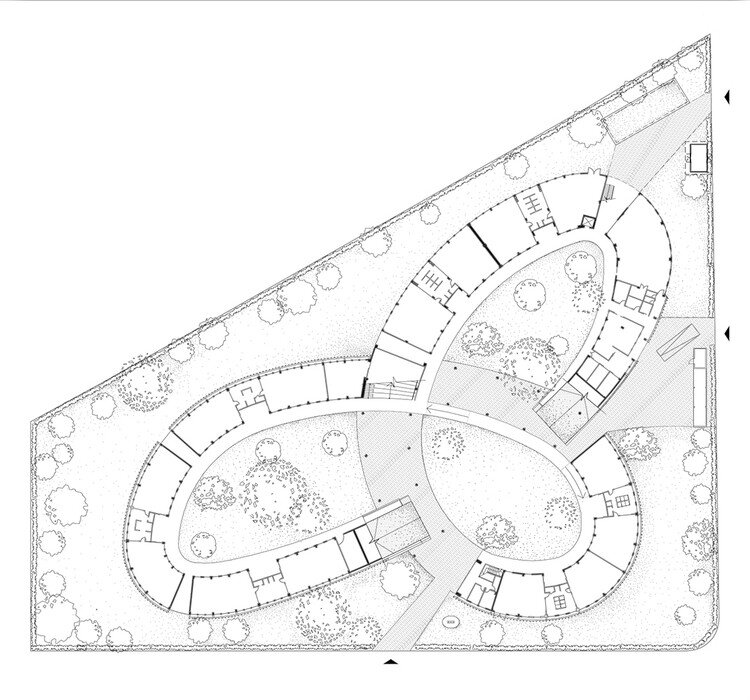
Vietnam | Dong Nai province | Designed by Vo Trong Nghia
Welcome to my Ted Talk
This isn’t my Ted Talk at all, but Grace Kim’s, and it is a great primer on Cohousing.
The Math
Below is a rough sketch I had trying to determine how much acreage I might want with an unlimited budget. The “A” Plan:
First, how many people/houses/units do we want?
The fewer the people, the lesser amount of shared resources may be affordable. If we had 4 units, we could probably share a nice snowblower and be a very tight-knit family. If we had 30,000 units, we could probably afford health care and retirement on top of loads of cool shared spaces, but hardly know anyone let alone everyone.
I’m landing at about 100 units, which could have 1-4-ish people living in them. I’m hoping to land at roughly not more than 150 people (adults, children, etc.) I’ve arrived at the number based on personal experience, and what I learned reading this Wikipedia article on Dunbar’s Number and and “open allocation company.”
How much space is needed?
Houses can be on as little as 1/10th in tight urban and suburban areas.
1/4 acre is a great amount of space for a family I think. It’s enough room to have plenty of personal space indoors and out. You can probably get away with listening to your music loud late at night without bothering your neighbor, but still be able to help them out if they need a hand with something.
People + Space
If we take 100, 1/4 acre lots, and come up with some space to hold enough of those + a 1-acre common house and throw in plenty of green space, we end up with something like this - taking up about 170 acres.
SOME LAND
I found a 221 Acre lot in Athol that has a nice large property which could serve as a great initial commonhouse for the first 20 residents. This area is about 90 minutes from Boston.
The Costs
While the long-term goal is to have 100 lots, initially we’ll be aiming for at least 20, which allows us (hopefully) enough capital to get this thing off the ground.
In short, 20 lots with $300k mortgage each - yielding an approximate $1500 monthly cost to each lot owner. (In reality, some folks could go smaller and others could go larger depending on their means.)
Some utterly rough math not taking into consideration some herculean requirements which boils down to 1 blurry question that needs to be fleshed out.
Is it possible to build 20 houses with 3.4 million dollars in this area?
So, the big questions are:
Is $300k a reasonable mortgage for the initial 20 residents?
Can we build 20 new houses with $3.4 million?
What shared resources can we/should build with $1 million to start?
What’s the best way to approach a lender with this type of project?
Assuming everything above is possible, how do we screen for the right folks without letting our internalized bias negatively affect diversity?
A Case Study
Solar Fields
Geneva, New York
This place really sets the bar for me. They have affordable rental and owner housing, free electricity/heat/internet, electric vehicles and more you can read about on their entry at ic.org
If we can’t figure out how to do this on our own, living here is something we’re considering.
Want to Collaborate?
My notes for this project are here in Miro. I’m looking for folks who might want to share notes, offer constructive criticism and/or insights, brainstorm, and possibly become neighbors. You can contact me and even book a Zoom meeting here.





